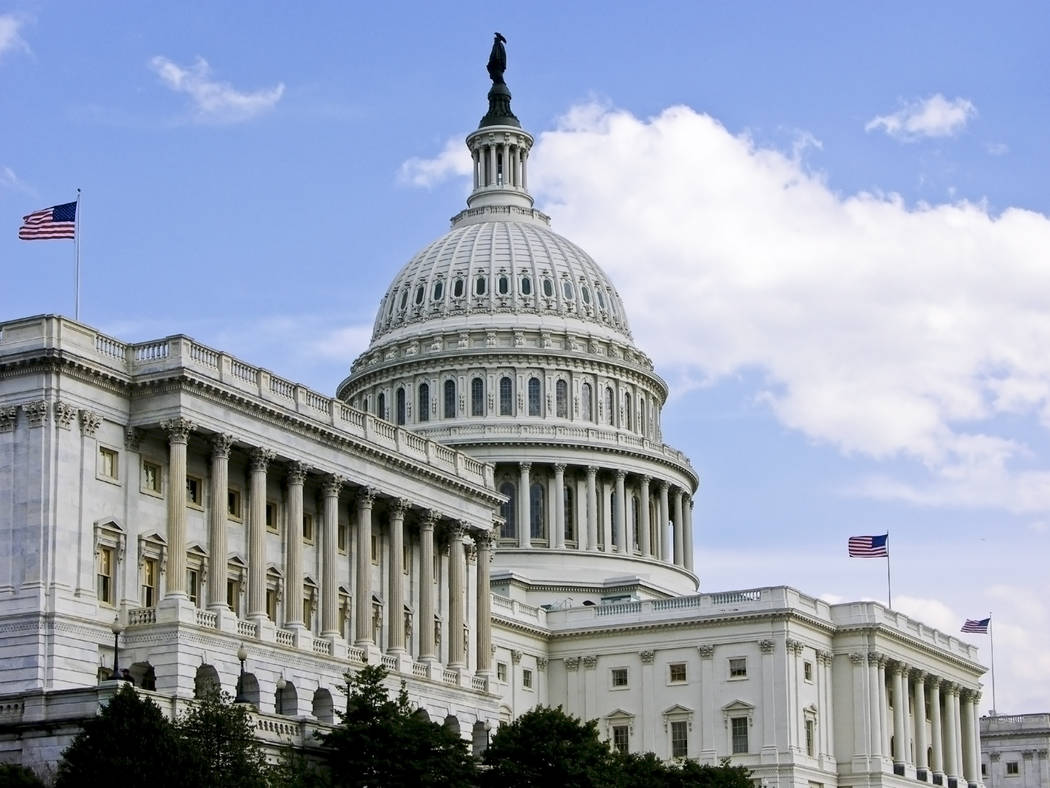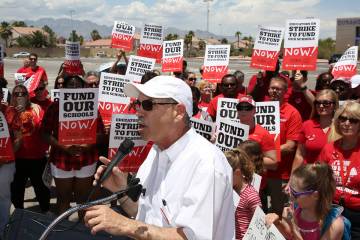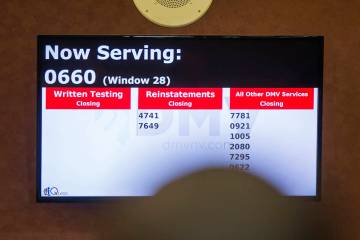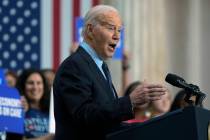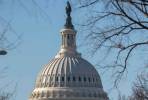EDITORIAL: The Trump budget and federal spending restraint
The Trump administration unveiled its fiscal 2020 budget proposal this week, but it will never become law. It is useful, however, as a snapshot of White House priorities.
The vocal critics of President Donald Trump wasted little time chortling about the projected deficits and rising debt this spending plan would require, particularly given the president has bragged in the past about his commitment to balancing the budget. The criticism has merit. Mr. Trump has abandoned all pretense. Of course, his predecessor didn’t even bother with that.
As The Wall Street Journal reports, the president’s first budget in 2017 projected a balanced budget by 2028 with a 2020 deficit of $488 billion. This most recent spending blueprint estimates a balanced ledger by 2034 with a 2020 deficit of a whopping $1.1 trillion.
“It’s very unusual for any president to be putting forth deficits of this magnitude,” Bill Hoagland, an analyst at the Bipartisan Policy Center, told the Journal, “and even with 3.1 percent economic growth projected throughout this period.”
Mr. Trump seeks to prioritize Homeland Security, Veterans Affairs and Defense, departments that would all see modest spending increases under his plan. But the biggest beneficiary would be the Commerce Department, slated to receive a budget hike of more than 9 percent. The department is rife with corporate welfare that benefits the nation’s richest businesses. Mr. Trump would be on firmer footing if he advocated shuttering Commerce entirely.
All other departments — including the Environmental Protection Agency — would suffer “cuts” under the Trump proposal, which reflects how rising entitlement costs are crowding out spending in other areas. Few of those “cuts” will happen, of course, with Democrats controlling the House. But the pressure on discretionary expenditures will continue until Washington has the courage to reform the structural deficiencies that plague programs such as Social Security.
But while many of Mr. Trump’s critics have a point, they too often focus on only one side of the ledger. Fact is, virtually every member of Congress is addicted to mainlining tax money as a symbol of their stature and power. The most productive way to corral rising deficits is to rein in spending, something neither major party — particularly the Democrats — are willing to do.
It’s worth noting that federal revenues are set to increase nearly 10 percent over the next two fiscal years, but it’s never enough to sate the beltway spending machine. At the same time, outlays will jump 10.8 percent in fiscal 2019, followed by a 4.8 increase in fiscal 2020. Until Congress rediscovers more sane fiscal policy and works to align spending with available revenue, the nation will chug along on an unsustainable financial path regardless of who sits in the Oval Office.



